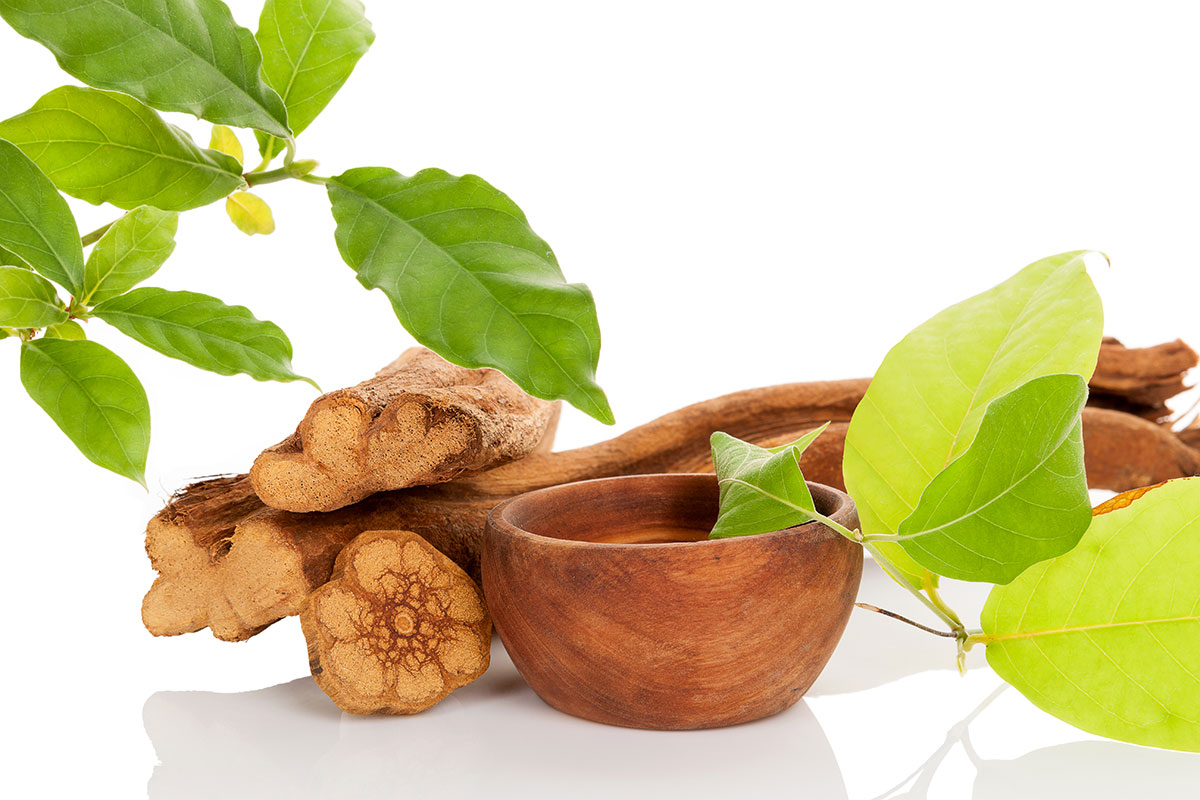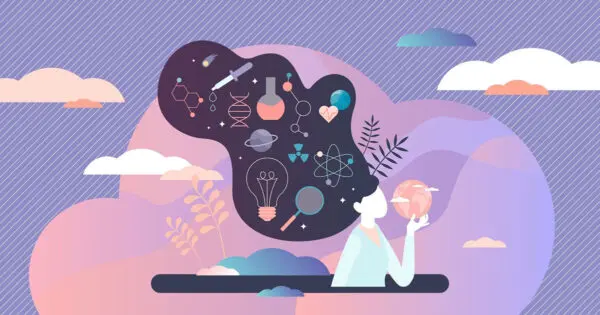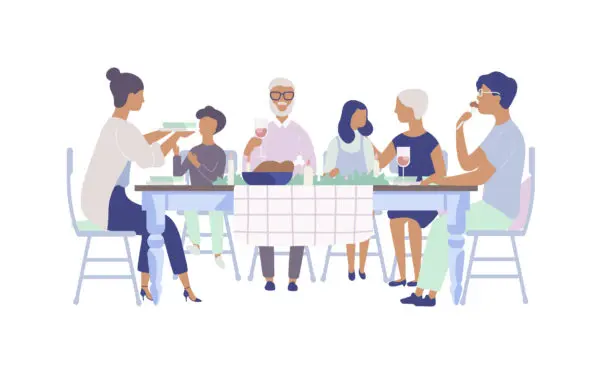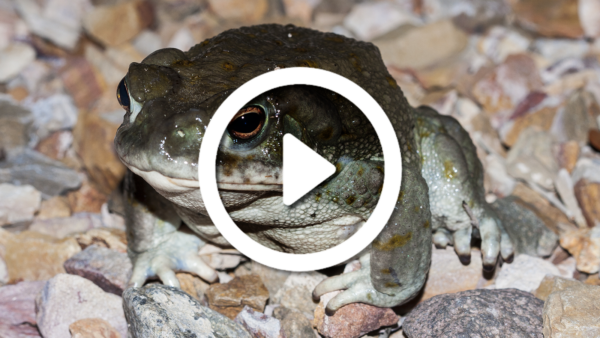Medical Editor: Dr. David Cox, PhD, ABPP
What is Ayahuasca?
Ayahuasca is a psychedelic tea or brew that originates from the traditions of tribes in the Amazon basin and Central America. In the Quechua language, which is native to the central Andes mountains, ayawaska means “vine of the soul” or “vine of the dead.”
Today, in the Amazon region, more than 75 tribes are known to consume ayahuasca for medicinal, social, religious, and spiritual purposes, such as the Ashaninka, Shuar, Shipibo, Huni Kuin, Tukano, Yawanawá, and Siekopai. Some of these communities in Peru, Ecuador, Brazil and Colombia have been engaging in the ritual use of ayahuasca for thousands of years.
Ayahuasca is known by many different names. For example, in Colombia it is called yagé, in Brazil it is called caapi or cipó or hoasca. In Peru it may be called natem or shori.
In some regions, ayahuasca would typically only be consumed by the shaman to diagnose the illness of a patient. In other locales, the entire community might gather to drink ayahuasca to commemorate an important event or celebrate the completion of the harvest.
While practices vary depending on the culture and region, an increasingly popular practice among Western ayahuasca seekers is the consumption of ayahuasca in group ceremonies with predominantly healthy participants, seeking spiritual insight and personal transformation.
Researchers have found that a single ayahuasca ceremony can have a rapid antidepressant effect and this literature review found that ayahuasca use is safe and can be beneficial under certain conditions. Though, more research is needed in this area, especially experimental research that would control for bias, placebo, and other possible variables.
This ancient tradition is now undergoing a surge in popularity as increasing numbers of westerners seek out ayahuasca ceremonies in hopes of improved mental and/or physical health.
How does ayahuasca work?
The ayahuasca tea is brewed from two or more plants, typically the ayahuasca vine (banisteriopsis caapi) and chacruna leaf (psychotria viridis). The banisteriopsis caapi vine and the chacruna leaf do not necessarily produce a strong hallucinogenic effect on their own. When combined, these two plants result in what can be a powerful physical, emotional and spiritual experience.
The vine contains harmala alkaloids which act as a monoamine oxidase inhibitor (MAOI), allowing for the oral absorption of dimethyltryptamine (DMT) contained in the leaves of the chacruna plant. Without the MAOI, an enzyme in the gut known as monoamine oxidase would metabolize the DMT before absorption could occur.
What happens during a ceremony can vary greatly depending on the facilitation by the curandero or healer, the setting, the ingredients in the brew, the person’s unique physiology, and more. An ayahuasca ceremony can last from 6-10 hours. The short-term physiological effects of ayahuasca may include nausea, vomiting, diarrhea, sweating, increased blood pressure, shaking, chills, and other physical sensations.
The psychological effects of ayahuasca during the ceremony are sometimes described as mystical, like visiting a land of dreams, spirits or visions which can range in intensity. Keep in mind that many of the more difficult psychological effects of ayahuasca, such as feeling anxiety and fear, may seem more like a nightmare than a dream. Anecdotal reports describe encounters with animals, plants, spirits, aliens, demons, entities, as well as visiting other realms, recalling experiences from one’s life in a new light, and a vast range of emotions.
Ayahuasca is typically consumed in a ceremonial setting, at night, with the journeyers in the care of a trained healer (in the Shipibo lineage, curanderos go through ten years or more of rigorous training and experience). After drinking the tea, participants may experience physical, mental, emotional, visual changes which can induce feelings ranging from euphoria and gratitude, to terror and fear.
Purging is a common aspect of the ayahuasca experience. A purge could mean vomiting, diarrhea, gas, sweating, crying, burping, shaking, laughing and/or other vocalizing. While some sources regard these as side effects, traditional cultures believe purging is a healing component of the ayahuasca experience as it is seen as negative energies exiting the body.
Proper preparation for an ayahuasca journey will ensure best results. While specific diets vary from culture to culture, there are some commonalities.
Antidepressants (e.g. SSRIs), amphetamines, and other drugs are dangerous to combine with ayahuasca. Some medications should be discontinued for two weeks or more before an ayahuasca experience. A full list of drug contraindications is available here.
It is common practice for people to abstain from pork, cannabis, recreational drugs, and sexual activity for two weeks before and after ayahuasca. Consider avoiding caffeine, alcohol, cacao, spicy foods, dairy products, red meat, and refined sugar for at least a week leading up to the ceremony. Ripened fruit and vegetables, aged cheese, yogurt, fermented foods, yeast, and some legumes contain tyramine which can lead to medical complications when combined with ayahuasca, so these should not be eaten for a day before and after the ceremony.
What happens in an Ayahuasca ceremony?
Ayahuasca ceremonies can vary wildly across different indigenous cultures, retreat centers, and facilitators. As ayahuasca has become increasingly well-known and sought after in western society, there has been a surge of neo-shamanic practitioners and other new age healers. These practitioners may serve the medicine and conduct ceremonies with their own rituals, which often vary greatly from traditional ceremonies held by indigenous shamanic healers.
The ceremony typically takes place at night. In the traditional setting, participants gather in a maloca, an indigenous hut that’s unique to tribes of the Amazon region. Participants gather at some point after nightfall and find their place in the room. Each person should have their own space, commonly a mattress on the floor where they can sit or lie down for the experience, and be accompanied by their own bucket in case they need to vomit.
The person(s) serving the ayahuasca may do some sort of preparatory ritual in the space. When it is time for participants to drink the brew, they will be called up to the healer one at a time. The healer will pour the ayahuasca, possibly blessing the cup, and hand it to the person. After drinking, each participant returns to their place and gets settled in for the journey.
In some traditions, the healer will sing icaros during the ceremony. Icaros are traditional Amazonian songs that call upon the spirit of other plants to aid in the healing of ayahuasca. In the Santo Daime tradition, the participants sing and sometimes even dance together. Some modern ceremonies include the use of live music or prerecorded instrumental music, even electronic music or some combination.
The short-term physiological effects of ayahuasca typically begin 30-60 minutes after consuming the brew. Nausea, vomiting, diarrhea, sweating, increased blood pressure, shaking, chills, crying, emotional and perceptual changes are all commonly reported effects of the tea.
The purge is a common occurrence in ayahuasca ceremonies. Although many westerners may have negative associations with vomiting, diarrhea, even crying, the purge is regarded as a cleansing and healing aspect of the ayahuasca experience.
The healer/ceremony facilitator should be attentive to the physical, spiritual, energetic and emotional state of each person in the ceremony. They may come around the room or have people come up to them to offer individual healings. Many settings also include helpers who are experienced with ayahuasca to help guide people to the bathroom, keep watch for anyone who might need attention and ensure the physical safety of everyone in the space.
After several hours, the ceremony will draw to a close. The healer may offer a closing prayer or ritual, or may simply complete what they are doing and quietly leave.
Who should not take ayahuasca?
Many people have reported deep and profound healing from their use of ayahuasca, however it is not necessarily safe for everyone.
People who are affected by or have family histories of psychotic or bipolar illnesses should generally avoid use of psychedelics. Many facilitators and retreat centers advise that ayahuasca is contraindicated with borderline personality disorder, bipolar disorder or schizophrenia.
Some therapists and medical professionals advise that a person with post-traumatic stress disorder (PTSD) should proceed carefully with ayahuasca and other psychedelics, as the experience could be re-traumatizing. That being said, many people with PTSD have reported profound changes in their life which they attribute to ayahuasca healing. Taking proper precautions, spending time to prepare, working with a skilled and experienced facilitator and integrating the experience afterward can reduce the risk of adverse experiences.
Ayahuasca may not be safe for people with heart or liver problems, kidney disorders, high blood pressure, and diabetes. Someone with a serious cardiovascular disorder may be harmed by the increase in blood pressure that ayahuasca can cause.
Certain medications, such as SSRIs, are unsafe to combine with ayahuasca..
In the Colombian yagé tradition, women on their period are not allowed under any circumstances to partake in the ceremony. The rules around this are looser in other countries.
Is ayahuasca legal?
The answer is complicated. Ayahuasca is illegal in most countries because it contains the psychedelic dimethyltryptamine (DMT).
In the United States, ayahuasca is federally illegal as a Schedule 1 controlled substance. The Religious Freedom and Restoration Act in 1993 set a precedent that religious organizations and churches for whom ayahuasca is a sacrament may be exempt from legal recourse for serving the brew at their ceremonies. These exemptions are handled on a case by case basis; therefore, institutions that drink ayahuasca as a religious practice and/or belong to a church are not automatically exempt from the laws prohibiting ayahuasca in the US. The only ayahuasca churches in the US with federal exemption are The União do Vegetal (UDV) and the Santo Daime church.
Ayahuasca is legal under cultural patrimony in Peru, and is served in many countries in South and Central America that have a legal gray area. Some cities and states in the US and countries such as Portugal have decriminalized either all drugs or at least plant based psychedelics. However, decriminalization is not the same as legalization and local law does not supersede federal law.
Since no jurisdiction can make a law that contradicts federal law, using the term “decriminalization” is inaccurate. A more appropriate term would be deprioritization, meaning that the local government has agreed that ayahuasca and other plant based psychedelics should be the lowest priority of law enforcement to police. The transport and sale of ayahuasca is seen as drug trafficking and can result in serious repercussions.
Can you die from taking ayahuasca?
A number of people have died while taking ayahuasca. However, it is suspected that in the vast majority of these cases that the user died because of coingestion of contraindicated drugs or medications, or because the ceremony environment was not safe. The estimated lethal dose of ayahuasca is approximately 20x the usual dose, which is almost impossible to ingest because vomiting would limit how much a person could consume.
Some people encounter death-like experiences while in ceremony with ayahuasca. Understandably, this can be very frightening. Journeyers can also experience ego death, or a dissolution of the sense of self.
If you find yourself in such a circumstance where you seem to no longer know who you are, try to remember that you have taken a substance and the experience is likely to pass in a few hours. Although ego death and other transcendental experiences can be frightening and confusing at the time, it may make sense when the journey is over. If symptoms such as derealization, extreme confusion, mania, psychosis or other concerning phenomena persist for several hours after the ceremony has drawn to a close, seek out a helper or facilitator to determine if you may need medical attention.
How is ayahuasca made?
Ayahuasca is typically made from the Banisteriopsis caapi vine and the leaves of the psychotria viridis shrub.
The woody vine is cut into smaller pieces and pounded with a mallet into smaller fibers.
The leaves of the chacruna are gathered, washed and combined with the macerated vine. Some brewers will alternate b. caapi and p. viridis, layering them over each other in the pot and then covering with water. Together they are boiled for several hours, strained (the liquid is saved and set aside) and then the pot with plant material is filled with water and boiled again for several more hours. After straining this second batch, the plant material is put to one side and all of the liquid is combined and further boiled down slowly so as not to degrade the psychoactive ingredients.
Remember, ayahuasca is a Schedule 1 Controlled Substance. It is illegal to make your own ayahuasca in the US and in most other countries because it contains the psychedelic DMT.
Conclusion
Ayahuasca safety is well documented in controlled conditions with knowledgeable facilitators. The Amazonian brew has reportedly helped people with depression, anxiety, PTSD, addiction, and more. Due to a number of pharmaceutical and medical contraindications, it’s critical to consult with a trained professional before drinking ayahuasca.







